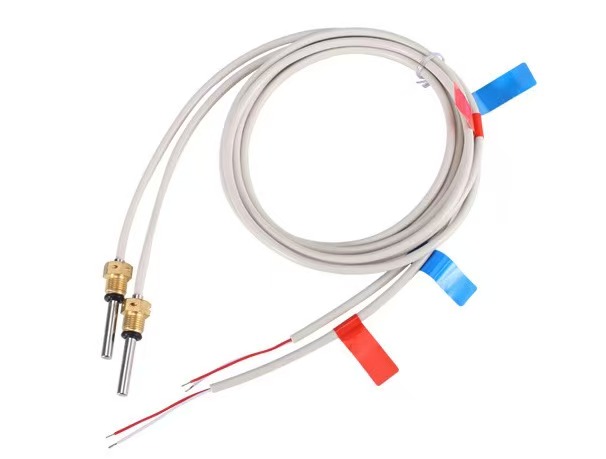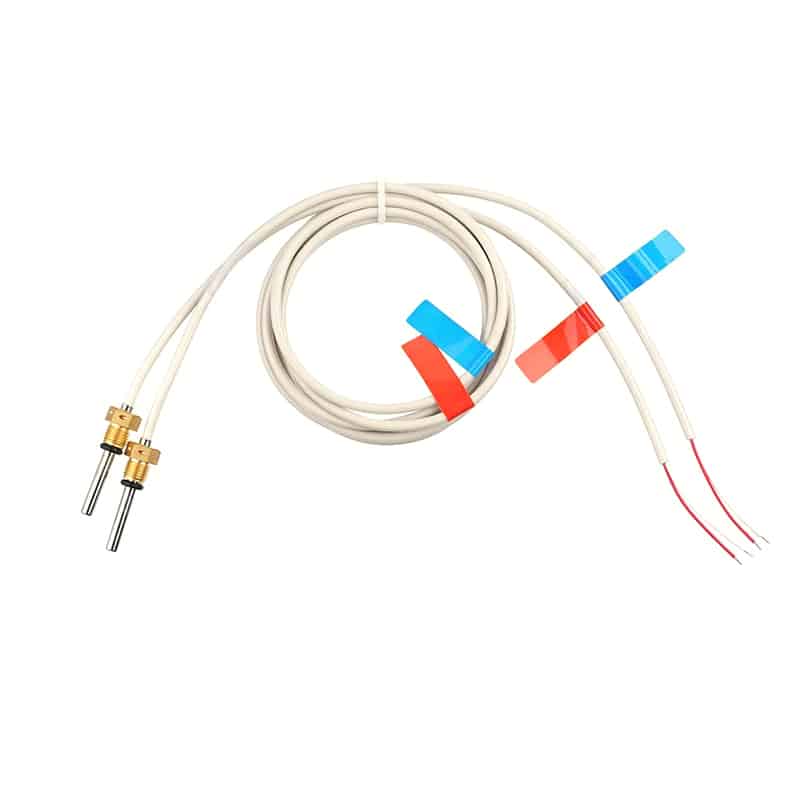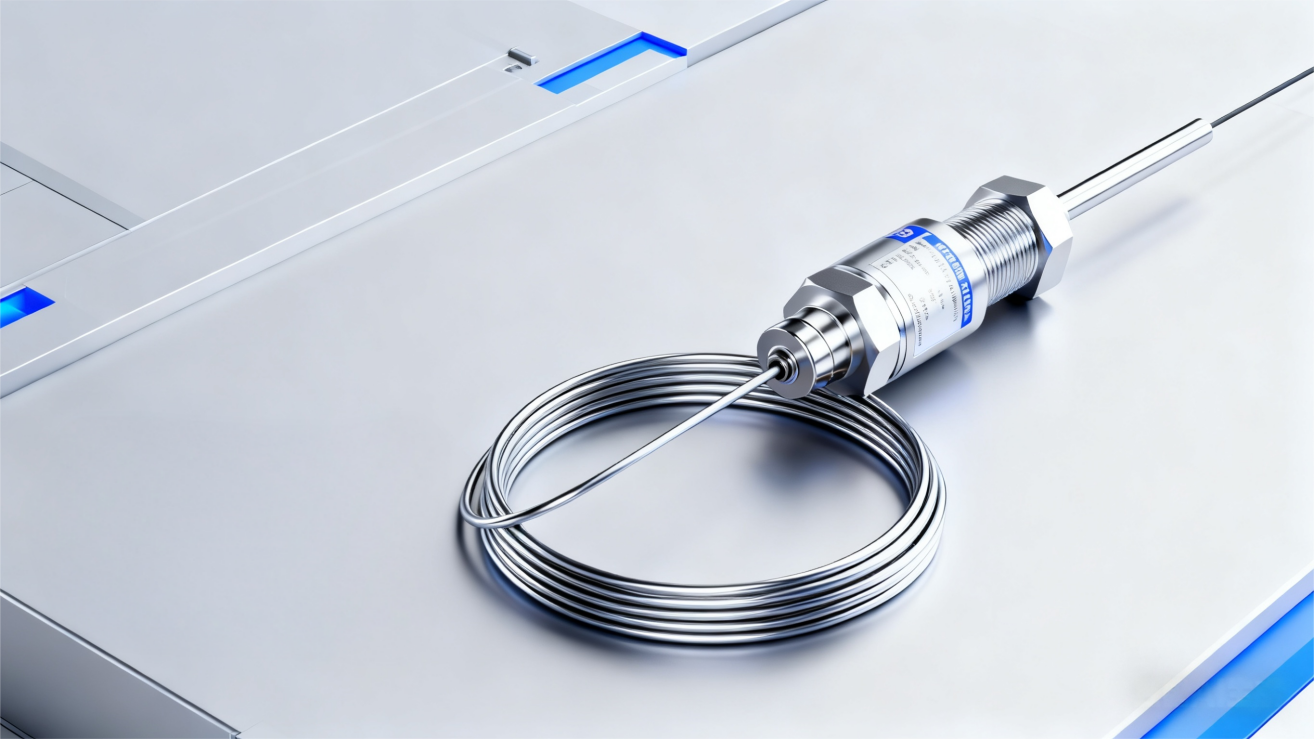Smart Temperature and Humidity Sensor: The Perfect Solution for Environmental Monitoring
Article Summary:
– Introduction
– Why is Environmental Monitoring Important?
– The Role of Temperature and Humidity in Environmental Monitoring
– Introducing the Smart Temperature and Humidity Sensor
– Key Features and Benefits
– Applications and Use Cases
– How to Choose the Right Smart Temperature and Humidity Sensor
– Installation and Setup Guide
– Conclusion
Introduction:
Welcome to our comprehensive guide on smart temperature and humidity sensors, the latest innovation in environmental monitoring technology. In this article, we will explore the importance of environmental monitoring, the specific role that temperature and humidity play, and how the smart temperature and humidity sensor can revolutionize your monitoring efforts.
Why is Environmental Monitoring Important?
Environmental monitoring is vital in various industries and settings, including manufacturing, agriculture, healthcare, and even residential spaces. It allows us to track and control the conditions within a space, ensuring optimal performance, safety, and quality. By closely monitoring temperature and humidity, we can prevent damage to equipment, maintain product integrity, and safeguard the well-being of occupants.
The Role of Temperature and Humidity in Environmental Monitoring:
Temperature and humidity are critical factors that directly influence the stability and comfort of an environment. Fluctuations in temperature can lead to machinery failure, spoilage of perishable goods, or discomfort for individuals. Similarly, improper humidity levels can cause mold growth, affect electronic components, and impact human health. Therefore, accurate and real-time monitoring of these parameters is essential for proactive management.
Introducing the Smart Temperature and Humidity Sensor:
Enter the smart temperature and humidity sensor, a cutting-edge device designed to provide precise measurements and continuous monitoring of temperature and humidity levels. This compact and wireless sensor offers advanced features and functionalities that empower users to make data-driven decisions effortlessly.
Key Features and Benefits:
1. Real-time Monitoring: The smart sensor provides real-time data, enabling immediate response to any deviations from optimal conditions.
2. Wireless Connectivity: With wireless connectivity options such as Wi-Fi or Bluetooth, users can effortlessly access and manage data remotely through mobile applications or web portals.
3. Data Logging and Analytics: The sensor captures and stores historical data, allowing users to analyze trends, identify patterns, and make informed adjustments.
4. Alerts and Notifications: Users can set customizable thresholds and receive instant alerts via email or SMS when predefined limits are breached, ensuring prompt actions.
5. Easy Integration: The smart sensor can seamlessly integrate with existing monitoring systems, making it a versatile addition to any infrastructure.
Applications and Use Cases:
The applications of smart temperature and humidity sensors are vast and diverse. They can be employed in various industries, including:
– Food and Beverage: Ensuring optimal storage conditions to prevent spoilage and maintain product freshness.
– Pharmaceutical and Healthcare: Monitoring temperature and humidity levels in laboratories, cleanrooms, and vaccine storage facilities.
– HVAC Systems: Optimizing energy efficiency by monitoring and controlling temperature and humidity in commercial and residential buildings.
How to Choose the Right Smart Temperature and Humidity Sensor:
To select the most suitable smart temperature and humidity sensor for your needs, consider the following factors:
1. Accuracy and Precision: Look for sensors with high accuracy and precision to ensure reliable measurements.
2. Compatibility: Ensure compatibility with your existing infrastructure or monitoring system.
3. Connectivity Options: Evaluate the available connectivity options and choose the one that best aligns with your requirements.
4. Scalability: Consider whether the sensor can accommodate future expansion or additional monitoring needs.
Installation and Setup Guide:
Installing and setting up a smart temperature and humidity sensor is typically straightforward. Follow these general steps:
1. Identify the optimal location for sensor placement, considering the environment and areas of interest.
2. Power on the sensor and connect it to your preferred wireless network or gateway.
3. Download the dedicated mobile application or access the web portal to configure the sensor and customize settings.
4. Mount or position the sensor securely in the chosen location.
Conclusion:
In conclusion, the smart temperature and humidity sensor is a game-changer in environmental monitoring. Its advanced features, accuracy, and ease of use make it an invaluable tool across various industries. By leveraging this technology, organizations can proactively manage temperature and humidity levels, minimize risks, and ensure optimal conditions for equipment, products, and individuals. Choose the right smart temperature and humidity sensor today to unlock a world of possibilities in environmental monitoring.
Remember, embracing innovation and staying ahead of the curve is key in our rapidly evolving world. Invest in a smart temperature and humidity sensor to future-proof your environmental monitoring endeavors.

Discovering the Range of Temperature Sensors from Leading PT Sensors Manufacturer
Platinum resistance temperature sensors from reliable suppliers offer precise measurements with tolerances within tenths of a degree Celsius and withstand pressures up to sixteen bar.




